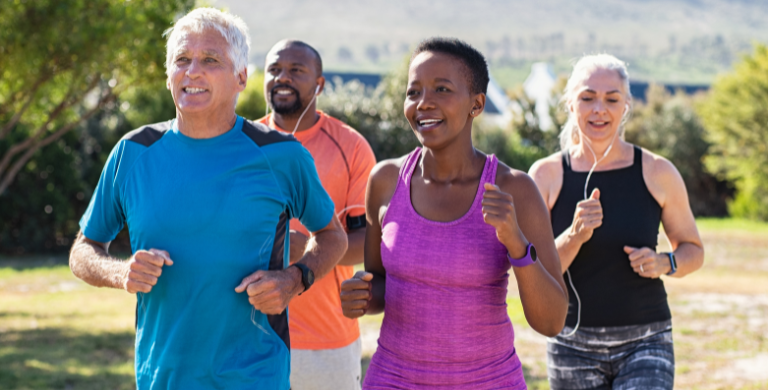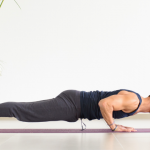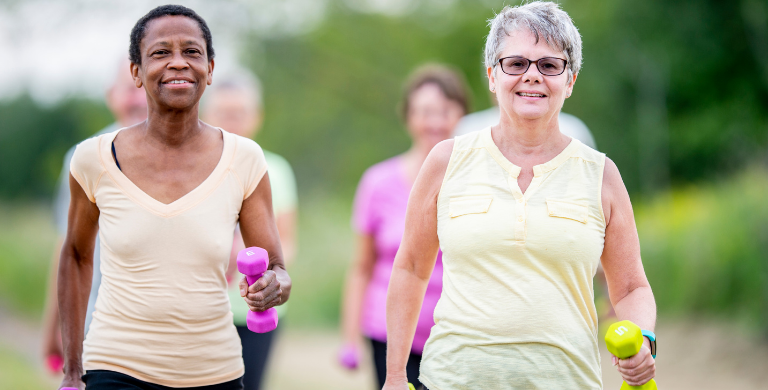The Link Between Physical Activity and Blood Pressure
Maintaining healthy blood pressure levels is essential for overall well-being and cardiovascular health. While various factors contribute to blood pressure regulation, including diet, stress management, and medication, physical activity and exercise play a pivotal role in managing blood pressure effectively.
A lack of physical activity can contribute to the development of high blood pressure. Explore how even minor adjustments in your activity level can significantly impact you.
Understanding Blood Pressure
Before delving into the relationship between physical activity and blood pressure, it’s crucial to understand what blood pressure is and why it matters. Blood pressure refers to the force of blood pushing against the walls of the arteries as the heart pumps it around the body. It is typically measured in millimetres of mercury (mmHg) and expressed as two numbers: systolic pressure (the pressure when the heart beats) and diastolic pressure (the pressure when the heart rests between beats).
The Impact of Physical Activity on Blood Pressure
Regular physical activity and exercise have been shown to significantly benefit cardiovascular health, including lowering blood pressure. Your heart rate increases when you engage in physical activity, promoting better blood flow and circulation. This increased circulation helps to keep the arteries flexible and clear of plaque buildup, reducing the strain on the heart and lowering blood pressure over time.
How much physical activity is recommended?
Aiming for 150 minutes of moderate aerobic activity, 75 minutes of vigorous aerobic activity per week, or a combination of both is advised. Strive for at least 30 minutes of aerobic activity on most days of the week. If you’re new to exercise, gradually work towards this target. Breaking down your aerobic workout into three 10-minute sessions can be as beneficial as one continuous 30-minute session.
Aerobic activity encompasses any exercise that elevates heart and breathing rates. Examples include:
- Engaging in active sports like basketball or tennis
- Cycling
- Climbing stairs
- Dancing
- Gardening tasks such as lawn mowing and leaf raking.
- Jogging
- Swimming
- Walking
Combining aerobic exercise with weight training offers the most advantages for heart health.
For those who spend extended periods sitting down, strive to take 5- to 10-minute breaks every hour to stretch and move. A sedentary lifestyle is associated with numerous chronic health conditions, including high blood pressure. To incorporate more movement into your daily routine, consider taking short walks or simply visiting the kitchen or break room for a glass of water. Setting reminders on your phone or computer can assist in staying on track with these breaks.
Regular exercise takes about 1 to 3 months to impact blood pressure. The benefits last only as long as you continue to exercise.
Consulting Your Doctor Before Proceeding
Remember to consult your healthcare provider before starting any new exercise regimen, especially if you have pre-existing health conditions or concerns about your blood pressure.
Making Physical Activity a Priority
In conclusion, physical activity and exercise offer numerous benefits for cardiovascular health, including maintaining healthy blood pressure levels. Regular exercise can improve circulation, strengthen your heart, and reduce the risk of hypertension and other cardiovascular conditions.
With dedication and consistency, you can take proactive steps towards better heart health and overall well-being through physical activity.
Sources:
-
Blood Pressure UK
https://www.bloodpressureuk.org/your-blood-pressure/how-to-lower-your-blood-pressure/healthy-living/exercise-physical-activity/ -
Mayo Clinic
https://www.mayoclinic.org/diseases-conditions/high-blood-pressure/in-depth/high-blood-pressure/art-20045206 -
Healthline
https://www.healthline.com/health/blood-pressure-after-exercise












